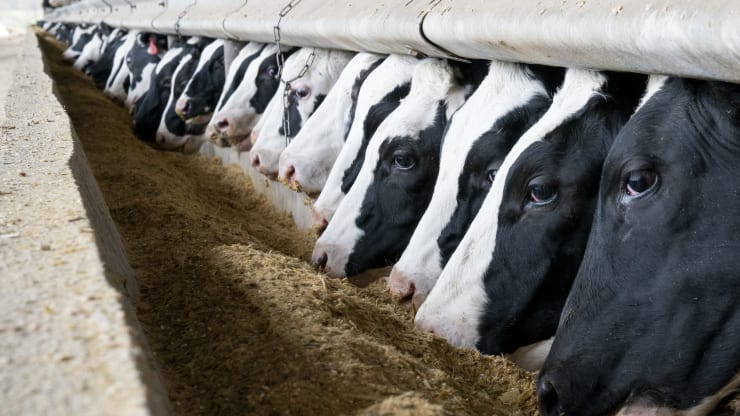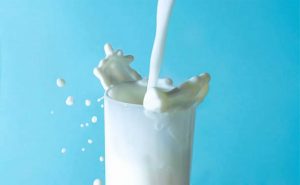However, farmer’s mailbox price was only about two-thirds of that, (before bonuses and deductions), with a statistical uniform price (SUP) of $13.99. This is because there was a record Producer Price Differential (PPD) of negative $7.05 which is the difference between the Class III price and the SUP. Just when dairy farmers thought they were about to receive a decent milk check, the system that was intended to help farmers backfired.
The current method for calculating the PPD was part of Federal Milk Market Order 33 and outlined in the 2018 Farm Bill. The PPD was designed to level the prices between milk classes and is often positive, though not recently.
Class I milk is intended for fluid milk processing. Class II is processed into items like yogurt and ice cream, Class III as hard cheeses and whey, while Class IV is reserved for butter and milk powders. Normally, Class I price is the highest and yields a positive PPD, or a higher SUP than the announced Class III price. June was a different story with the Class I price of $13.42 being far below the Class III price.
Dianne Shoemaker, Dairy Extension Specialist, shared the following in a Buckeye Dairy News article:
“Class I milk … has to be “pooled” on the Federal order. In other words, if a processor bottles milk, which is usually the highest value milk in our pricing system, they pay the difference in value between Class I and Class III into the Federal order pool each month. At the end of the month, an accounting is made of how many pounds of milk were pooled in the Federal order for the given month and how much was utilized as Class I, II, III or IV. Based on dollars paid in and how many pounds were pooled, the PPD is announced. In theory, this shares the higher value of fluid milk with all participating farms, regardless of (how their milk is processed).”
Class III processors saw the gap coming and “de-pooled” their milk from the Federal Milk Market rather than pay in, since their participation is voluntary. Between January and May, Class III pooled on average 32 percent. In June, they decreased participation to just 9.8% as the higher priced class pays the difference.
The futures price for Class I milk in July is around $18, though still expected to be lower than Class III and will likely generate another negative PPD, though not as severe as June’s.
To add insult to injury, low corn and hay prices are expected to prevent a payment to participants in the Dairy Margin Coverage (DMC) Program. Because other states function under different Federal Orders (not Ohio’s 33), they received a uniform price around $20, bringing the national All Milk Price up to $18.10. The All Milk Price is used to determine DMC payments. This is not good for Ohio producers with our prices being on the opposite end of the scales. A DMC payment will be small, if any is dispersed.
All farmers, especially dairy, have been working hard to become more efficient, try new management strategies, and make financial overhauls. But, for some farms, no changes in practice will compensate for the tragically low prices that are arriving in the mailbox. I remember sitting in a “farmer pep-talk” years ago listening to an economist preach on production margins being more important than milk price. However, they are connected as low milk prices have created a negative production margin.
In conclusion, I would like to encourage consumers to carefully consider the following health information regarding milk as outlined in 5 Ways Drinking Milk Can Improve Your Health published on healthline.com.
“The nutritional profile of milk is impressive. After all, it’s designed to fully nourish newborn animals.” Whole milk is a ‘complete food’ as it provides all the major nutrients as well as significant quantities (10%-28% each) of 7 vitamins and minerals. One cup contains 8 grams of protein including all 9 essential amino acids. Multiple studies have linked milk consumption to improved post-exercise health. The protein, phosphorus, calcium, and potassium found in milk supports stronger bones. Contrary to popular belief, this article references 7 studies that noted whole milk actually lowers the risk for obesity. As part of a healthy diet, milk is an excellent, nutritious choice!
As always, questions and comments are welcome by calling 330-264-8722 or emailing nussbaum.53@osu.edu.
Matthew Nussbaum is an OSU Extension Agriculture and Natural Resources Program Assistant and may be reached at 330-264-8722.













